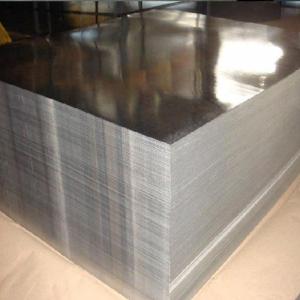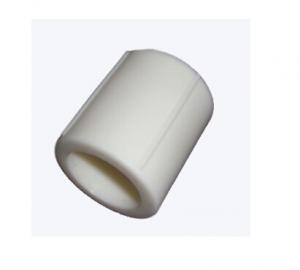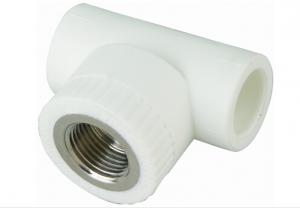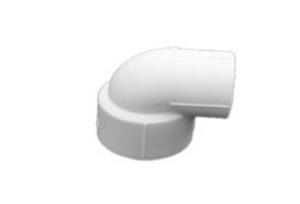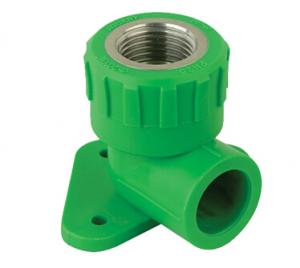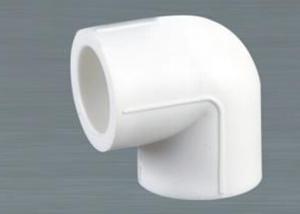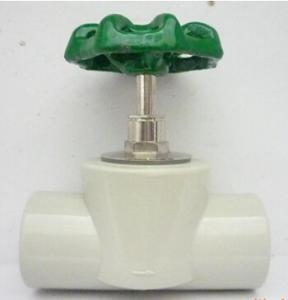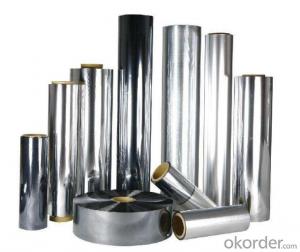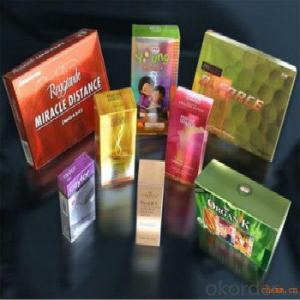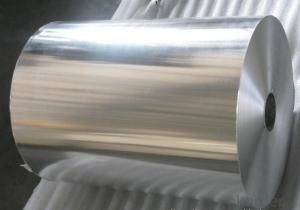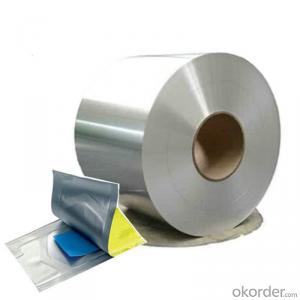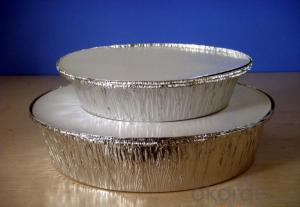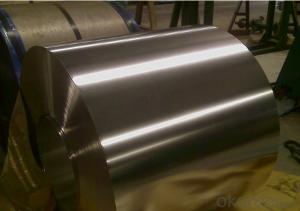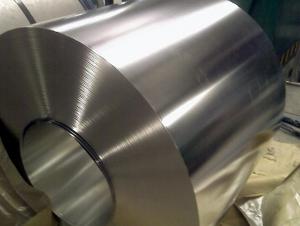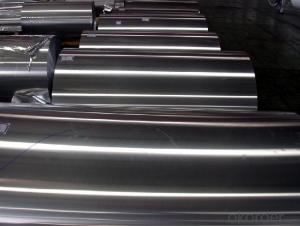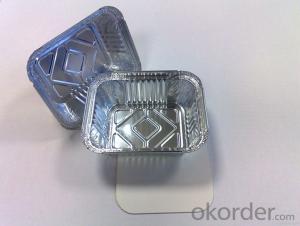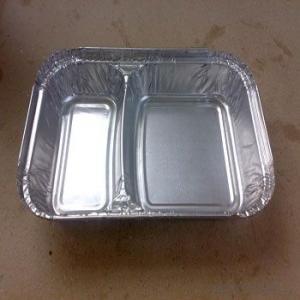Tinplate Food Packaging
Tinplate Food Packaging Related Searches
Packaging Tape Art Packaging Tape Dark Wood Material Table Protection Film Furniture Packaging Materials Frost King Window Film Geocomposite Drainage Material Geomembrane Material Noise Absorbing Material Bike Paint Protection FilmHot Searches
Inverter Size For Solar System Solar Panel Inverter Size Cost Of Drywall Per Sheet Large Size Aluminum Foil Aluminum Foil Market Size Solar Inverter Market Size Solar Inverter Size Chart Solar Inverter Size 1 2 Inch Type X Drywall Cost Of Drywall 1 2 Type X Drywall Geomembrane Market Size Geogrid Aperture Size Drywall Corner Bead Types Tinplate China Tinplate Stock Price Tata Tinplate Price List Tinplate Price Trend Tinplate Nse Share Price Tinplate Price ChartTinplate Food Packaging Supplier & Manufacturer from China
Okorder.com is a professional Tinplate Food Packaging supplier & manufacturer, offers integrated one-stop services including real-time quoting and online cargo tracking. We are funded by CNBM Group, a Fortune 500 enterprise and the largest Tinplate Food Packaging firm in China.Hot Products
FAQ
- The main difference between tinplate and tinplate laminates in terms of product visibility is that tinplate laminates have a transparent layer of plastic or other materials on top of the tinplate, allowing for a clear view of the product inside the packaging. In contrast, tinplate alone does not provide this visibility as it is a solid metal material.
- Tinplate for signage is typically coated through a process called electroplating, where a thin layer of tin is deposited onto the surface of the metal. This coating provides protection against corrosion and enhances the aesthetic appeal of the signage.
- Why tinned fruit cans, some snow wall, and some inner wall does not appear?
- The same is canned fruit, tin cans taste more than glass bottles, why is it better? Because the storage process is completely isolated from the sun, so that it can retain the original flavor of canned fruit.
- Tinplate is primarily used in the telecommunications industry for manufacturing high-frequency transformers and inductor cores. It is also utilized for shielding and grounding components due to its excellent electrical conductivity. Additionally, tinplate is commonly used in the production of waveguides, coaxial cables, and other electronic equipment where its corrosion resistance and mechanical stability are advantageous.
- Can tinplate be used as a water tower? Is hot water durable?
- But because tinplate is very thin iron sheet, forming force is poorer, cannot make water tower. However, the tinplate has the characteristics of corrosion resistance and non toxicity. It can be used as the inner container of the water tower. It is sanitary and durable. However, when cleaning, must not scratch the surface of the tin layer, otherwise it is easy to rust.



